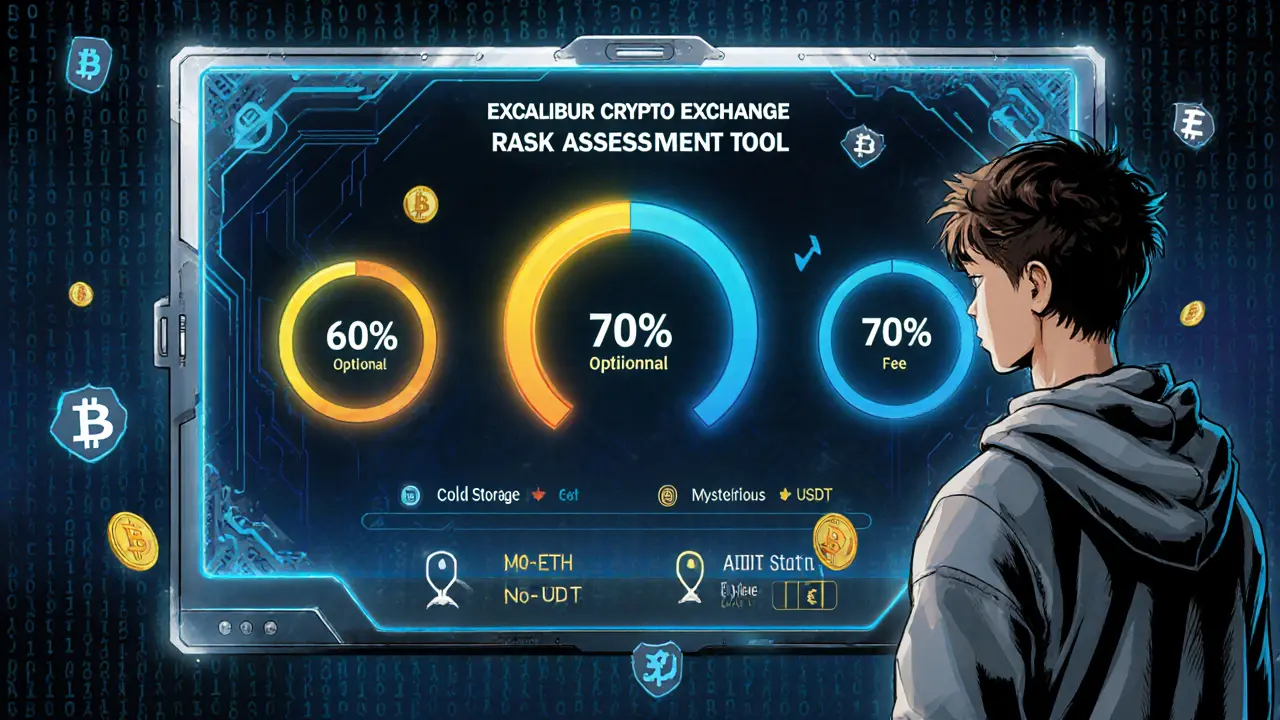Exchange Fees: What They Are and Why They Matter
When dealing with Exchange Fees, the charges a platform levies for each transaction, deposit, or withdrawal. Also known as transaction costs, they directly affect the bottom line of any trade. Understanding them helps you avoid surprise deductions and make smarter moves with your crypto capital.
exchange fees aren’t a monolith. They split into several categories, each with its own logic. One of the biggest pieces is Trading Fees, the cost applied each time you buy or sell on a platform. Trading fees usually follow a maker/taker model, where ‘makers’ who add liquidity pay less than ‘takers’ who remove it. This structure means that exchange fees encompass trading fees and that the type of order you place can change how much you pay.
Another common bite is Withdrawal Fees, the fixed or percentage charge taken when you move crypto off the exchange. Withdrawal fees can vary wildly between coins and platforms, turning a seemingly cheap trade into a costly exit. Because exchange fees include withdrawal fees, savvy traders compare these costs before deciding where to keep their assets.
The maker/taker split itself is a distinct concept often called the Maker Fee, the lower rate given to orders that add liquidity to the order book. Its counterpart, the Taker Fee, the higher rate charged for orders that instantly match existing liquidity. Understanding the maker fee versus taker fee relationship lets you craft order strategies that tilt the balance toward cheaper maker fees.
All of these charges sit on top of the platform you choose. A Crypto Exchange, any centralized or decentralized service that lets you trade digital assets decides its fee schedule based on competition, market depth, and token economics. Centralized exchanges often bundle fees into a single percentage, while decentralized exchanges (DEXes) may charge gas fees plus a protocol fee. This means that exchange fees are shaped by the type of crypto exchange you use, and comparing them can reveal hidden savings.
Putting the numbers together shows the real impact. Suppose you buy 1 BTC at $30,000 on a platform with a 0.1% taker fee, then withdraw it for a $20 flat fee. Your trade costs $30, then the withdrawal eats another $20, totaling $50 – about 0.17% of the purchase price. If you switched to an exchange offering a 0.04% maker fee and a $5 withdrawal, you’d save $25. That example proves exchange fees directly affect net profit and that even small percentage differences add up over time.
So how can you keep fees low? Use limit orders to become a maker whenever possible, stake the exchange’s native token for fee discounts, and pick networks with cheap gas when using DEXes. Some platforms also waive withdrawal fees for stablecoins or for users who meet volume thresholds. By aligning your trading style with the fee model, you turn a cost center into a manageable expense.
Below you’ll find a hand‑picked collection of guides, reviews, and deep dives that break down fee structures across popular exchanges, compare maker‑taker rates, and offer step‑by‑step tips for trimming costs. Dive in to see which fees matter most for your strategy and how to optimize every trade.




